In the fall, when apples are crisp and sweet, I turn them into the filling for an apple babka to celebrate the Jewish New Year, Rosh Hashanah. Seasonal fresh fruit always complements babka—so you can try plums or apricots in place of the apples and make this any time of the year. The dough is a simplified version of the one I use at Breads Bakery and Lehamim Bakery, but it still makes a very rich and delicious babka.
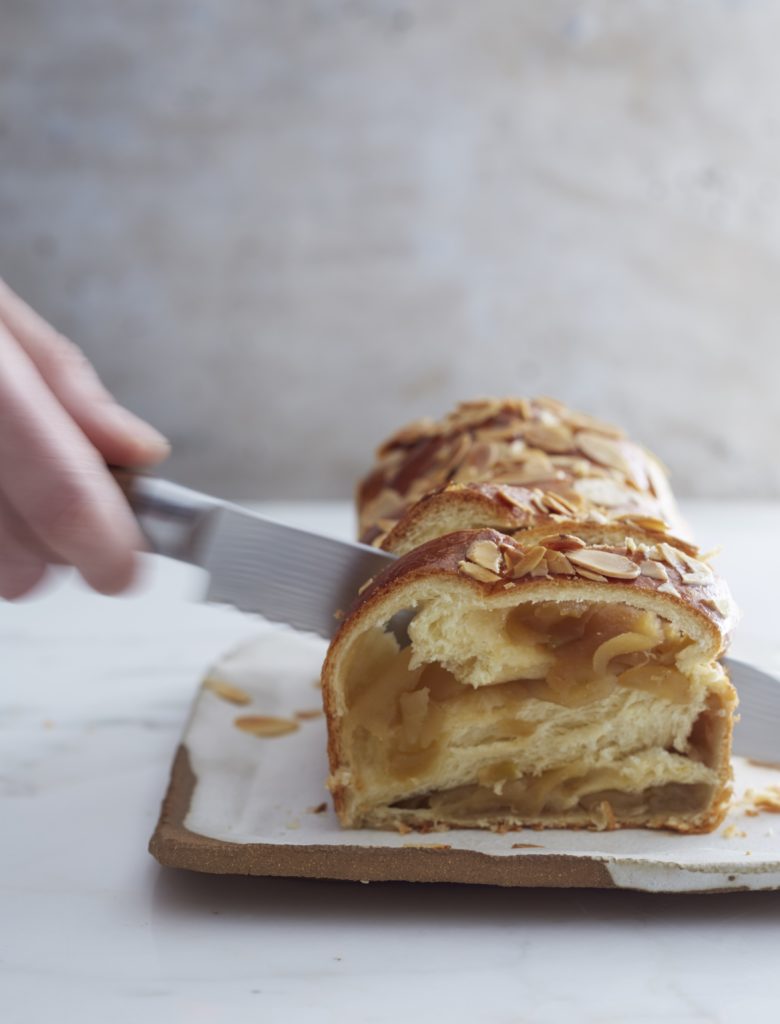
Apple Babka
Makes two babkas in two standard 9-by-5-inch loaf pans
Ingredients
For the dough:
- ½ teaspoon vanilla extract
- 120 grams (½ cup) whole milk (at room temperature)
- 20 grams (2½ tablespoons) fresh yeast or 6 grams (2 teaspoons) active dry yeast
- 280 grams (2¼ cups) all-purpose flour (sifted, 11.7%), plus extra for dusting, kneading, and shaping
- 220 grams (2 cups plus 2 tablespoons) pastry or cake flour (sifted, 8.5 to 9%)
- 2 large eggs
- 75 grams (⅓ cup) granulated sugar
- Large pinch fine salt
- 80 grams (5 tablespoons plus 1 teaspoon) unsalted butter (at room temperature)
For the filling:
- 45 grams (3 tablespoons) unsalted butter (at room temperature), plus extra for the pan
- 100 grams (½ cup) granulated sugar
- 4 Golden Delicious apples, peeled, halved, cored, and sliced ⅛ inch thick
- ½ vanilla bean, halved lengthwise to expose the seeds
- Lemon zest grated from 1 lemon
- Lemon juice from 1 lemon
For the egg wash and topping:
- 1 large egg
- 1 tablespoon water
- Pinch of fine salt
- 275 grams (2¾ cups) sliced almonds
For the simple syrup:
- 160 grams (¾ cup plus 1 tablespoon) granulated sugar
- 120 grams (½ cup) water
Steps
- Make the dough: Whisk the vanilla into the milk in the bowl of a stand mixer fitted with the dough hook. Use a fork or your fingers to lightly mix the yeast into the milk. Then, in this order, add the flours, eggs, sugar, salt, and finally the butter in small pinches.
- Mix on the lowest speed, stopping the mixer to scrape down the sides and bottom of the bowl as needed, and to pull the dough off the hook as it accumulates there and break it apart so it mixes evenly, until the dough is well combined, about 2 minutes (it will not be smooth). If the dough is very dry, add more milk, 1 tablespoon at a time; if the dough looks wet, add more all-purpose flour, 1 tablespoon at a time, until the dough comes together. Increase the mixer speed to medium, and mix until the dough is smooth and has good elasticity, 4 minutes.
- Stretch and fold the dough: Lightly dust your work surface with flour and turn the dough out on top; lightly dust the top of the dough and the interior of a large bowl with flour. Grab the top portion of the dough and stretch it away from you, tearing the dough. Then fold it on top of the middle of the dough. Give the dough a quarter turn and repeat the stretch, tear, and fold. Continue to do this until you can stretch a small piece of dough very thin without it tearing, about 5 minutes. Then use your hands to push and pull the dough against the work surface and in a circular motion to create a nice round of dough. Set the ball in the floured bowl, cover the bowl with plastic wrap, and set it aside at room temperature for 30 minutes.
- Chill the dough: Set the dough on a piece of plastic wrap and press it into a 1-inch-thick rectangle. Wrap the dough in plastic wrap and refrigerate it for at least 1 hour or up to 24 hours before proceeding with the recipe.
- Cook the apples: Melt the butter in a large skillet over medium-high heat. Once the butter has melted, add the sugar and cook, stirring occasionally, until the sugar is dissolved and beginning to caramelize, 2 to 3 minutes. Add the apples and the vanilla bean and cook, stirring often, until the apples become juicy, their liquid cooks off, and the apples begin to caramelize, 8 to 10 minutes. Transfer the apples to a bowl, remove the vanilla bean, and stir in the lemon zest and juice. Set the bowl of apples aside to cool completely (if you can chill the apples for 30 minutes in the refrigerator, it’s a good idea—in fact, the apple filling can be refrigerated for up to 5 days).
- Roll the chilled dough: Lightly coat 2 standard loaf pans with room-temperature unsalted butter. Unwrap the cold babka dough and set it on a lightly floured work surface. Roll the babka dough into a 9-by-24-inch rectangle.
- Fill the dough and divide it into strips: Sprinkle the apples evenly over the dough, leaving a 1-inch border at the bottom, and then roll the dough from the top down, forming a tight cylinder. Pick up the cylinder, holding one end in each hand, and gently stretch it. Using a bread knife, slice the cylinder crosswise into quarters so you have a total of 4 filled segments.
- Twist the strips to make the babkas: Take 2 pieces of dough, overlap one over the other to form an X, and twist the ends together like the threads on a screw so you have at least 2 twists on each side of the X. Repeat with the remaining pieces.
- Let the babkas proof: Place each twisted babka in a prepared loaf pan. Cover the pans with a dry kitchen towel and set them aside in a warm, draft-free spot until the dough rises 1 to 2 inches above the rim of the pan and is very soft and jiggly to the touch, 1½ to 2 hours, depending on how warm your room is.
- Preheat the oven to 350°F.
- Bake the babkas: Make the egg wash by whisking the egg, water, and salt together in a small bowl. Brush each of the babkas with egg wash and then sprinkle them generously with the almonds. Bake until golden brown, 20 to 25 minutes, loosely tenting them with aluminum foil if they begin to get too dark.
- Meanwhile, make the simple syrup: Combine the sugar and water in a small saucepan and bring to a boil over high heat. Reduce the heat to medium-low and simmer, stirring occasionally to dissolve the sugar. Turn off the heat and set aside the syrup to cool.
- Remove the pans from the oven and, while the babkas are still hot, brush the tops with the simple syrup. Once the babkas are completely cooled, turn them out of the loaf pans, slice, and serve.
Excerpted from Breaking Breads: A New World of Israeli Baking by Uri Scheft (Artisan Books). Copyright © 2016. Photographs by Con Poulos.

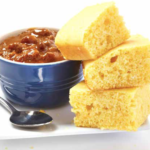
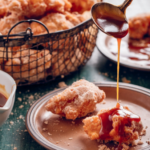
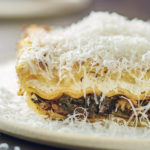
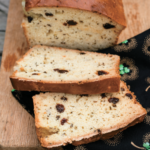
No Comments